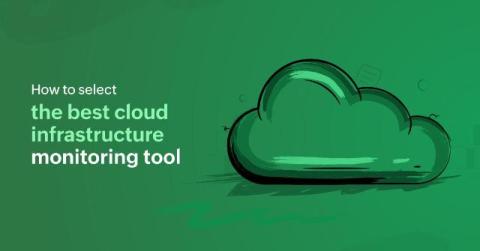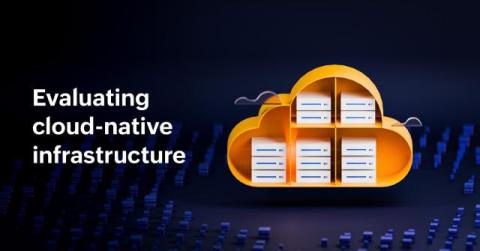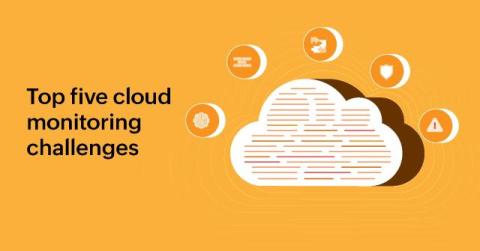A guide to choosing the best cloud infrastructure monitoring tool
The cloud is a complex network of interconnected resources—virtual machines (VMs), containers, serverless functions, and a web of data flowing between them. With so many elements, it becomes challenging to ensure continuous uptime for all cloud services while also maintaining optimal performance and security. Cloud monitoring tools assist in this regard by helping organizations stay ahead of issues and maintain control over their cloud environments at all times.











